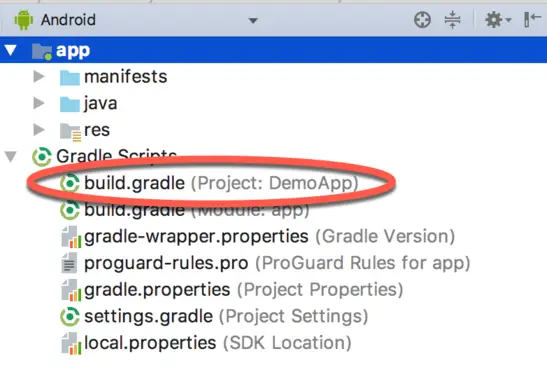


The next step up is Jcenter… Which no longer accepts new packages and will stop serving them in February 2022. If you’re new to libraries, this is a great choice for getting your code out there. All you have to do is publish your project on GitHub, and JitPack should be able to build and distribute it immediately. The simplest choice would be JitPack, which might not give you much in terms of customization or control, but is very easy to get started with. It’s a good idea to use one of the well-established repositories that people are already likely to have in their projects, to make getting started with your library as easy as possible. aar file any way you want, but the norm is publishing it to a publicly available Maven repository. Coming up with the idea, implementing it, making sure you have a nice, stable public API that you control carefully and maintain… That’s already lots to do.Īfter all that, you need to make your library available to the public. Update, July 2021: use JDK11 in GitHub Actions configuration to support new AGP versions.Ĭreating a great library is hard work. Update, July 2021: fixed keyserver being used ( thanks Chetan Gupta), moved to using in-memory GPG keys for signing ( thanks Arkadii Ivanov). Update, April 2021: addressed new Sonatype infra, moved to using AGP Maven Publish plugin integration for release components, and to using the new gradle-nexus/publish-plugin. This new version supports non-Android libraries, uses command line GPG handling instead of a specific Windows GUI app, includes new best practices, and uses GitHub Actions for its CI integration. This is an updated version of an article published two years ago on.


 0 kommentar(er)
0 kommentar(er)
